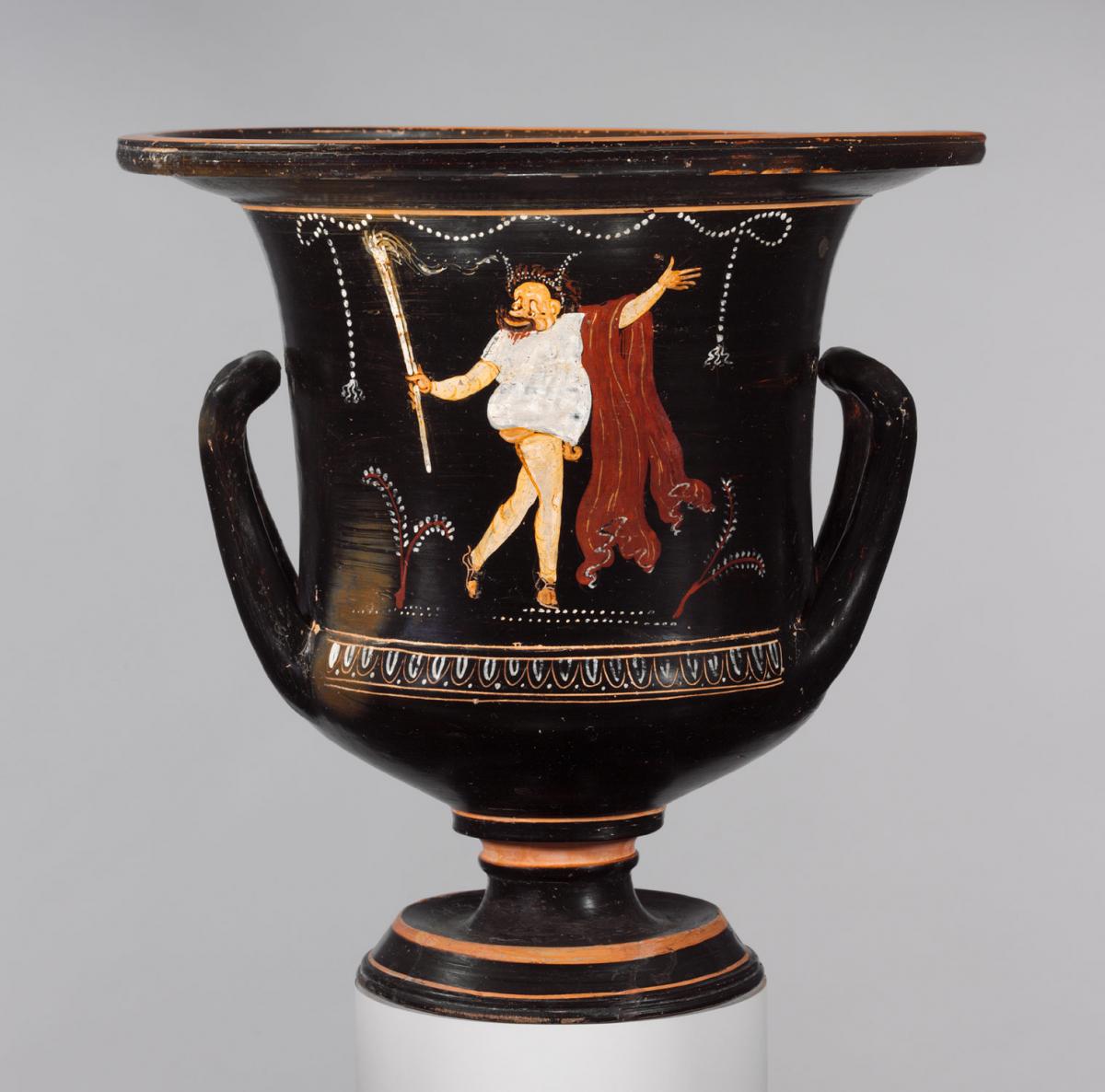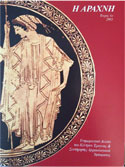March's word: somation

Welcome to Elaphēboliōn, the month of theatre! Since the 6th c. BC, this month, the Athenians used to celebrate the Great or City Dionysia, the largest and most important theatrical festival of the polis, the city. In fact, it was a large theatrical event including competitions of dithyramb, tragedy and satyrical drama and since around 486 BC also of comedy.
Somation, diminutive of σῶ-μα, body, root σῶ- with suffix -μα < σῶ-mn̥. The origin of σῶ- is unknown. Beekes, after examining the choices, dissmisses them in favour of his beloved theory of the prehellenic substrate.
In Homer, σῶμα refers to the dead body in contrast to δέμας, later also to the living body (Hes. Op.540); it also means the free and slave, ἐλεύθερα ≠ οἰκετικὰ σώματαor simply slave.
The term somationis generally used to diminish someone. Yet, in ancient Greek, it also had the meaning of the “tutu”, bodice, as the one girls wear for dance class, but with incorporated tights and sleeves covering the legs until the ankles and the arms until the wrists. Ἡ τῶν ὑποκριτῶν στολή … καὶ σωμάτιον ἐκαλεῖτο (Pollux, Onomasticon4.115 «the costume of the actors ... was called somation»).
Indeed, the somationwas the undergarment wore by comic actors underneath their real costume. It came with removable parts filled with straw, which could be worn separatedly or in combination with one another in order to achieve different body types: there was one part with a large belly, another with protruding botocks, another with marked bosom, all of them tied with cords around the body. Single body parts, such as the bosom, were also painted with bright colours on the removable costume. The somation is usually depicted white and is easily distinguished from the colour of the skin.
Moreover, for male roles, on top of the somation, a leather phallos was placed and fastened with cords; it could be either hanging free or rolled up.


